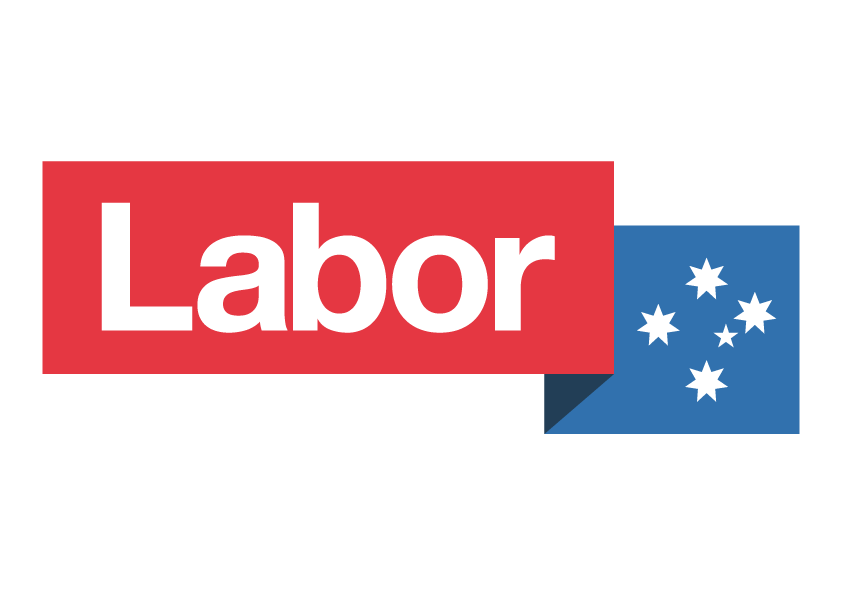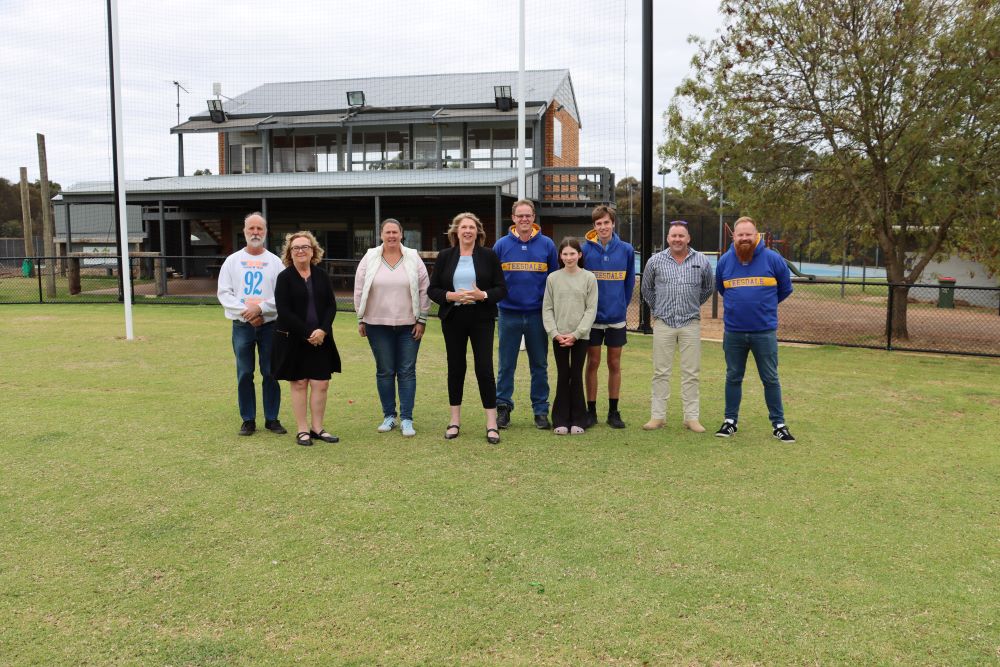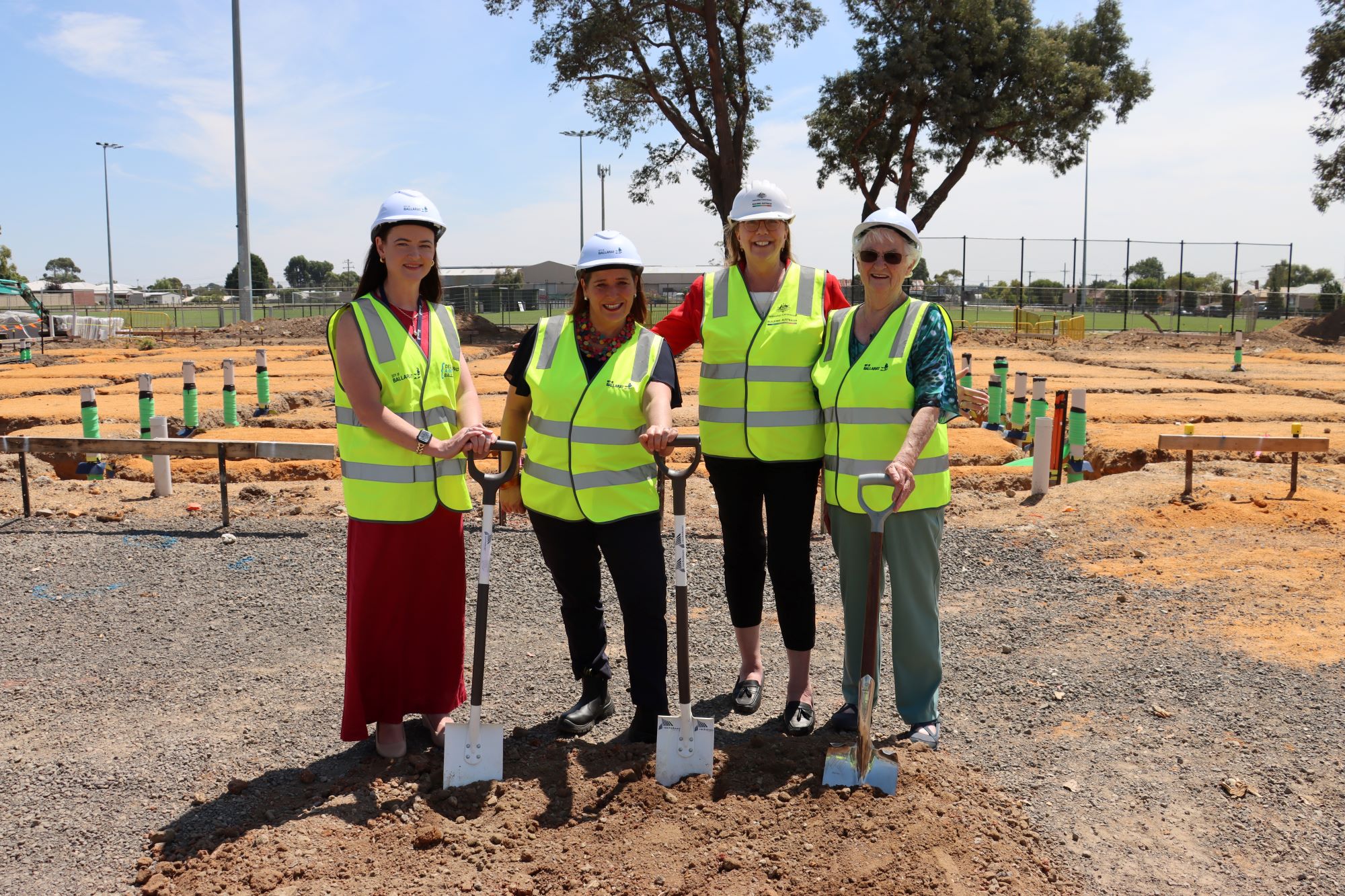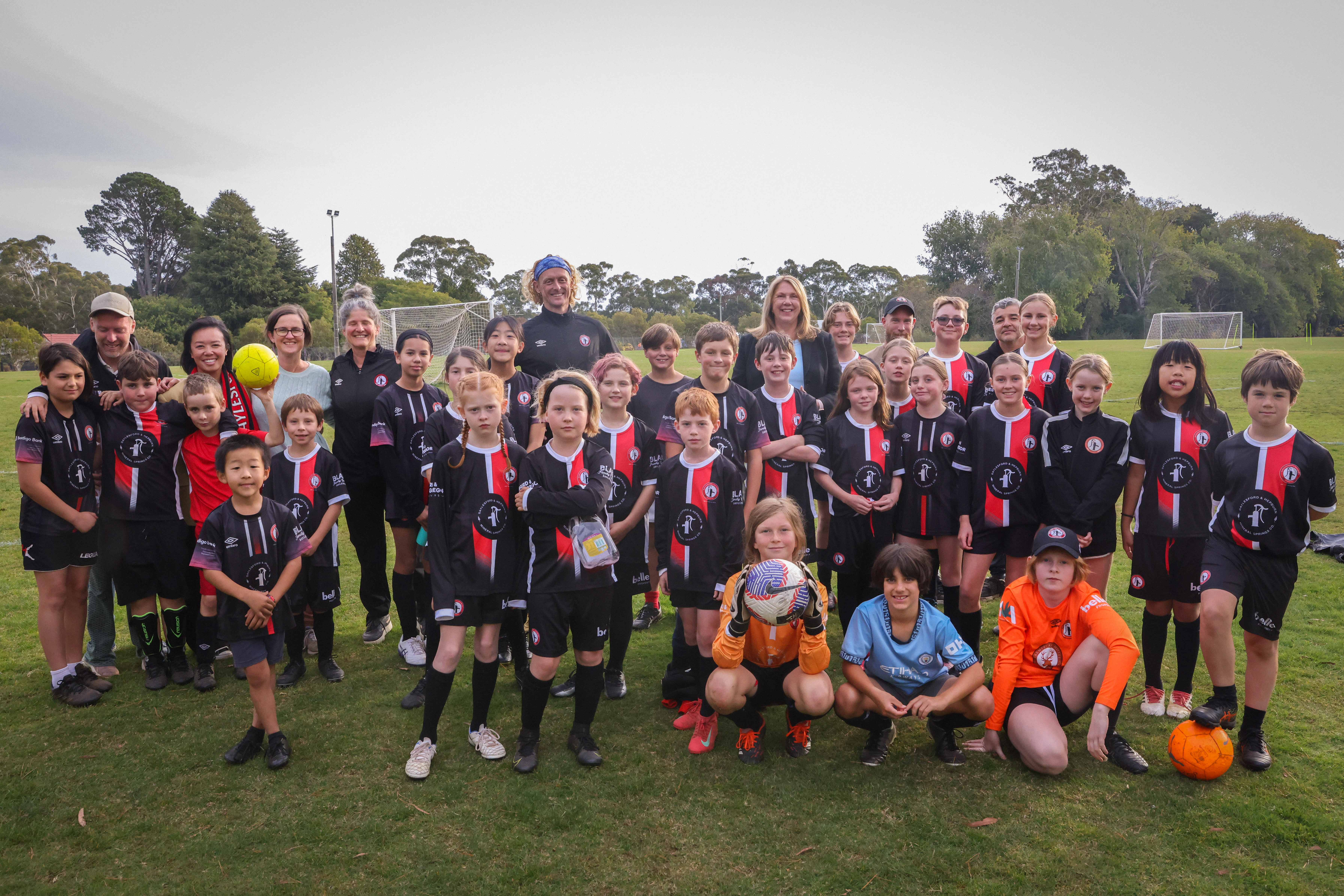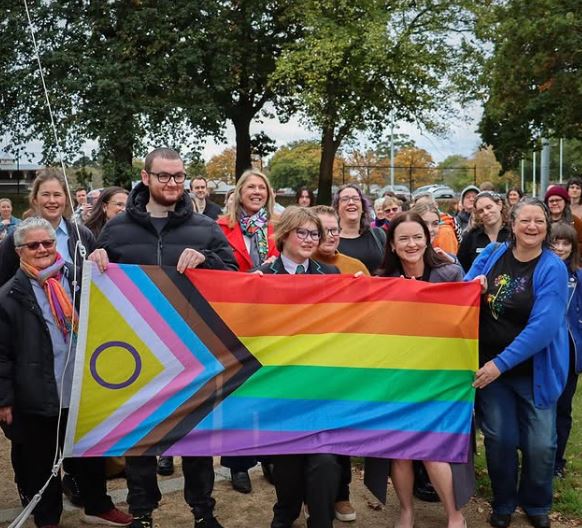Electorate Office Location
5 Lydiard Street North
Ballarat
VIC 3350
Catherine acknowledges the Traditional Custodians of the land we live and work on, the Wadawurrung and Dja Dja Wurrung People, and recognises their continuing connection to the land and waterways. We pay our respects to their Elders past, present and emerging and extend this to all Aboriginal and Torres Strait Islander People.
© Authorised by Catherine King, 5 Lydiard Street North, Ballarat VIC 3350
